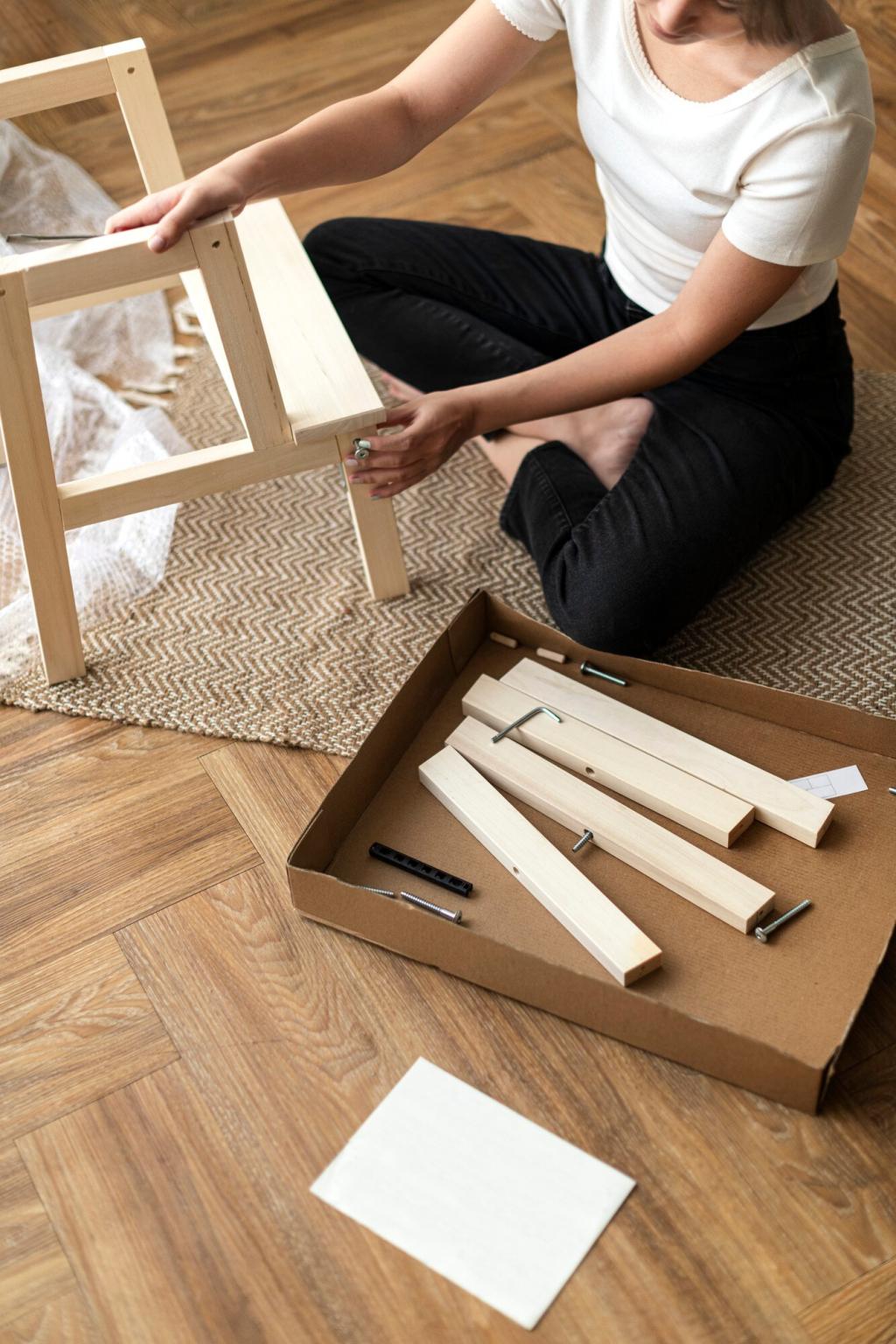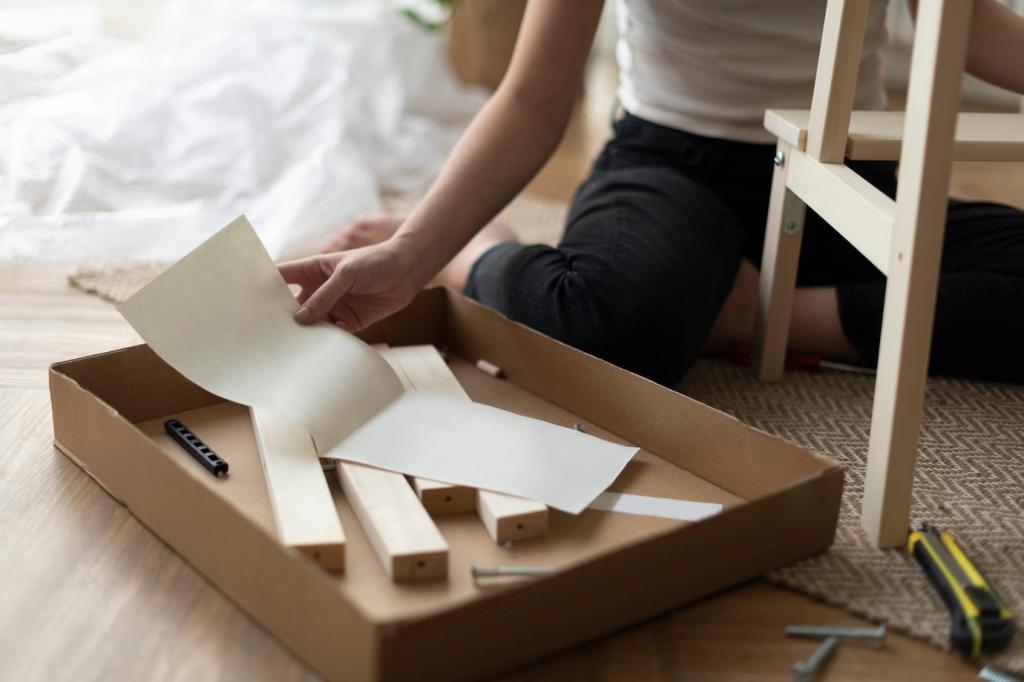Sourcing Recycled Timber Responsibly
Explore architectural salvage yards, deconstruction companies, farm auctions, habitat stores, and municipal reuse centers. Look for old joists, bleachers, pallets, or docks. Share your local gems in the comments to help fellow readers discover trustworthy suppliers nearby.
Sourcing Recycled Timber Responsibly
Check moisture content, grain density, and weight to spot oak, maple, or pine. Avoid chemically treated stock and painted pieces with unknown finishes. Inspect for hidden metal with a detector, and ask for provenance when possible to align your design with material strengths.




